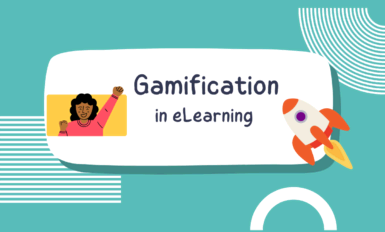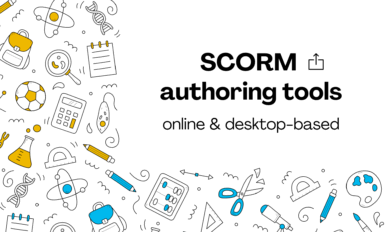Gamification vs game-based learning often go with each other, but they are not similar, and aren’t irreplaceable.
In the evolving landscape of education, gamification vs game-based learning have emerged as innovative strategies aimed at enhancing student engagement and motivation.
At first glance, these terms may appear interchangeable, but they represent distinct approaches to integrating game elements into the learning process. Understanding their differences is crucial for educators seeking to optimize learning outcomes.
1. Gamification vs Game-based Learning Definition
Gamification involves integrating game-like elements (such as points, badges, and leaderboards) into non-game contexts to motivate and engage learners. It transforms traditional learning activities by adding competitive and reward-based components to enhance participation and enjoyment.

Whereas Game-based learning (GBL) employs actual games as the primary medium for teaching specific skills or knowledge. In this approach, learners engage with games designed with educational objectives in mind, allowing them to learn through play and interactive challenges.
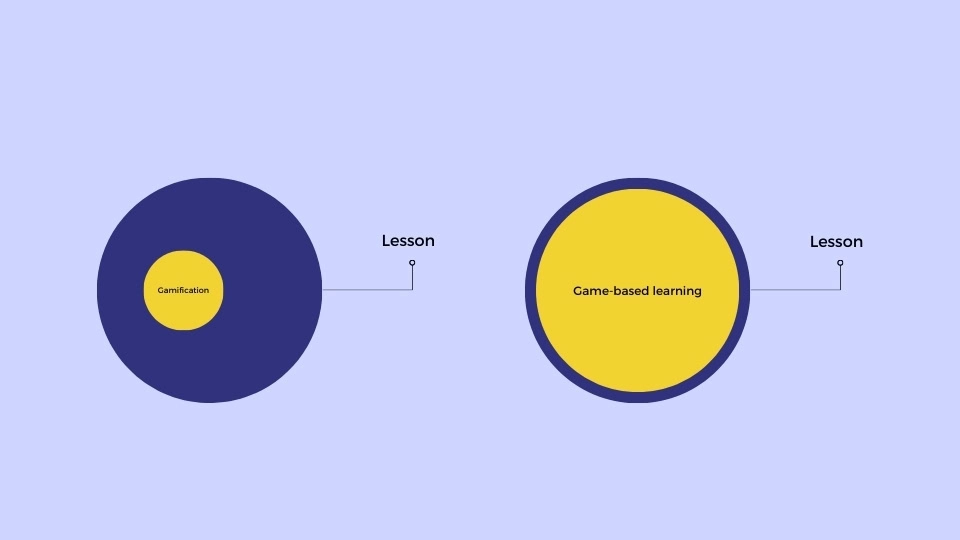
2. Gamification vs Game-based Learning Comparison
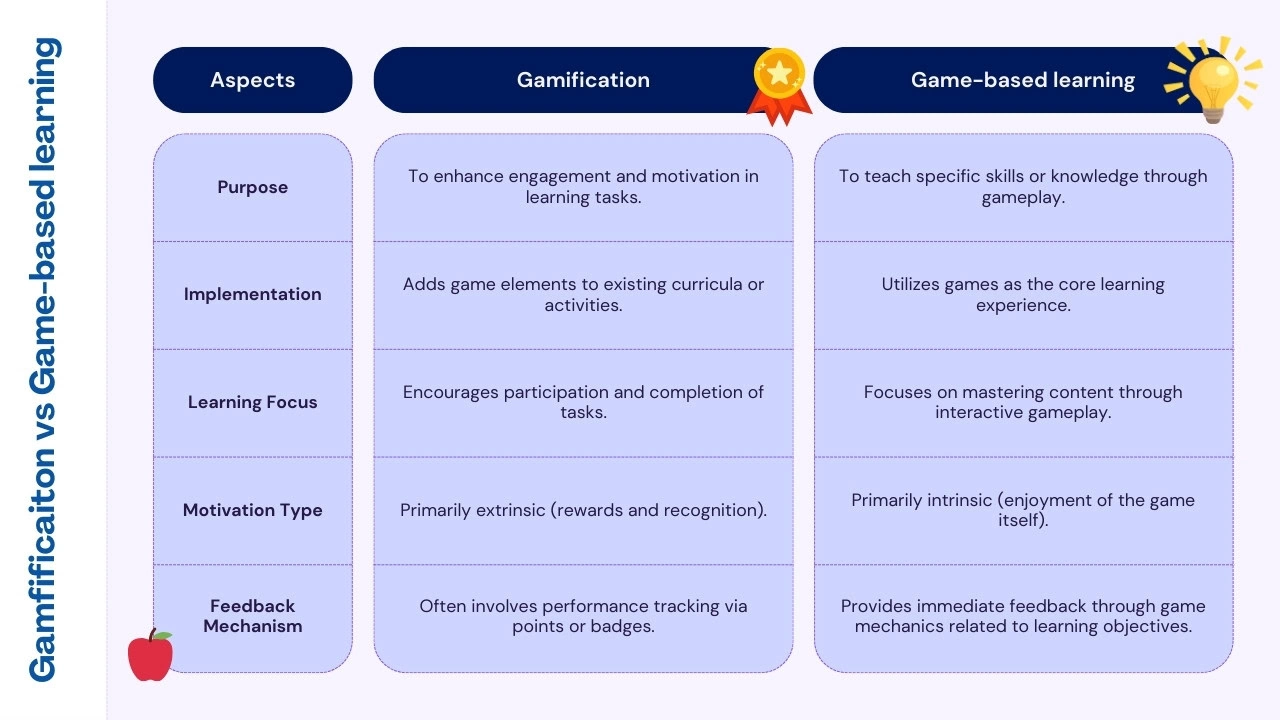
💡At its core, Gamification focuses on bringing game elements into the lesson. Gamification is a small part of the lesson. On the other hand, game-based learning gamifies lessons into a game. It is the use of actual games designed with educational objectives to facilitate learning.
3. Gamification vs Game-based Learning Examples
Suppose that we are about to deliver the lesson with the topic “protect personal information on social media”. Here’s how to deploy gamification and game-based learning into practical use.
Gamification:
Application
Points and Badges System: Create a quiz game where students earn points for each correct answer related to personal information protection (e.g., identifying secure passwords, recognizing phishing attempts).
As they accumulate points, they can unlock badges for achievements such as “Data Defender” or “Privacy Protector.”
This not only encourages participation but also provides a sense of accomplishment 🏆
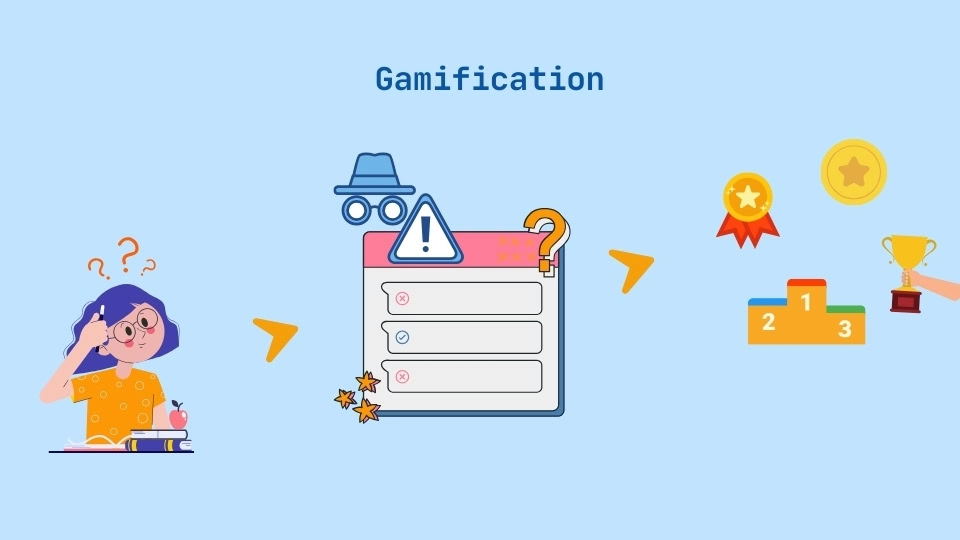
Game Mechanics
Participants place a higher importance on the feeling of recognition and connection associated with points rewards than the actual points itself, according to The Psychology of Points research from Incentive Research Foundation.
Gamification Tools
A variety of gamification tools enable educators and instructional designers to incorporate elements like points, badges, leaderboards, and interactive challenges into their courses. Basic platforms such as Kahoot! and Quizizz emphasize quizzes and competitive engagement. Additionally, advanced eLearning authoring tools like ActivePresenter offer greater flexibility, allowing users to build fully customized interactive learning experiences. With features like drag-and-drop interactions, quizzes, feedback mechanisms, and conditional triggers, ActivePresenter empowers educators to develop dynamic and tailored learning environments.
Click the Play buton to start the game!
A game created by ActivePresenter
👉 You can download ActivePresenter and try all the features for free as long as you want:

Game-based learning:
Application
Escape Room Setup: Create a digital escape room where students must solve puzzles related to protecting personal information on social media to “escape”.
Each puzzle can include tasks like identifying secure passwords, recognizing fake profiles, or setting up privacy controls.
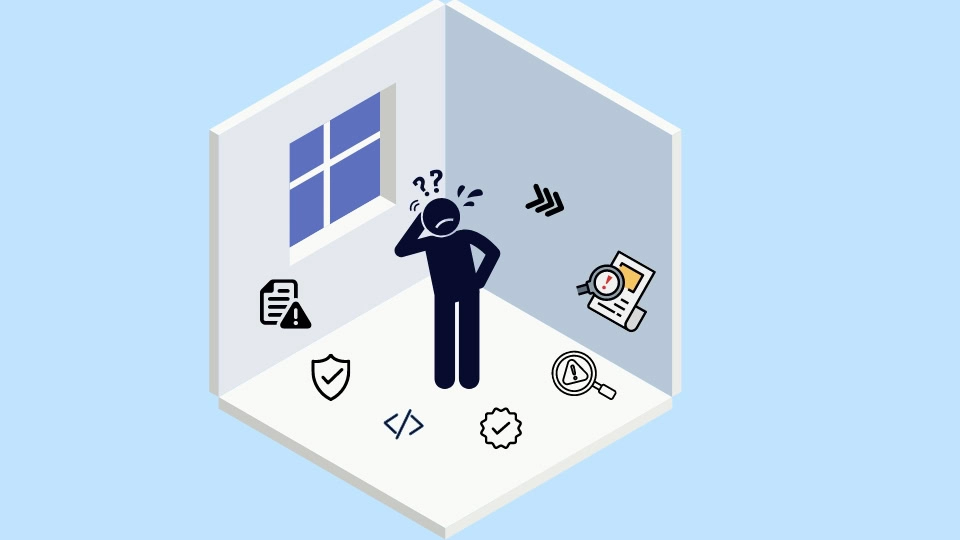
Learning objects
By completing the escape room, they gain practical knowledge about safeguarding their personal data in real-world social media situations.
4. Limitations & Recommendations
Gamification Limitations
Gamification often relies on extrinsic rewards (e.g., points, badges), which can undermine intrinsic motivation.
Learners may focus more on earning rewards than on the learning process itself, leading to superficial engagement.
If not managed properly, gamified elements can distract learners from the core educational content, leading to a lack of focus on the intended learning objectives.
Game-based Learning Limitations
Developing and implementing game-based learning can require significant resources, including time, money, and technology. In doing so, not all educational settings have access to the necessary tools or infrastructure.
As a matter of fact, not all subjects or skills lend themselves well to game-based learning. Some complex or abstract concepts may be difficult to teach effectively through games, leading to other teaching approaches.
Recommendations
The first step is to determine whether the primary goal is to increase engagement (gamification) or to teach specific skills through immersive experiences (game-based learning).
Moreover, it is crucial to evaluate the preferences and motivations of the target audience. Younger learners may respond better to game-based learning, while adults might prefer gamified elements in training.
Budgets and resources need to be taken into account, since game-based learning may require more investment compared to gamification.
Last Words
In summary, both gamification and game-based learning offer unique advantages that can transform educational experiences.
Gamification enhances traditional learning by infusing motivation and engagement through game-like elements. On the other hands, game-based learning immerses students in interactive environments that promote deeper understanding of learning content.
You may find these good reads
